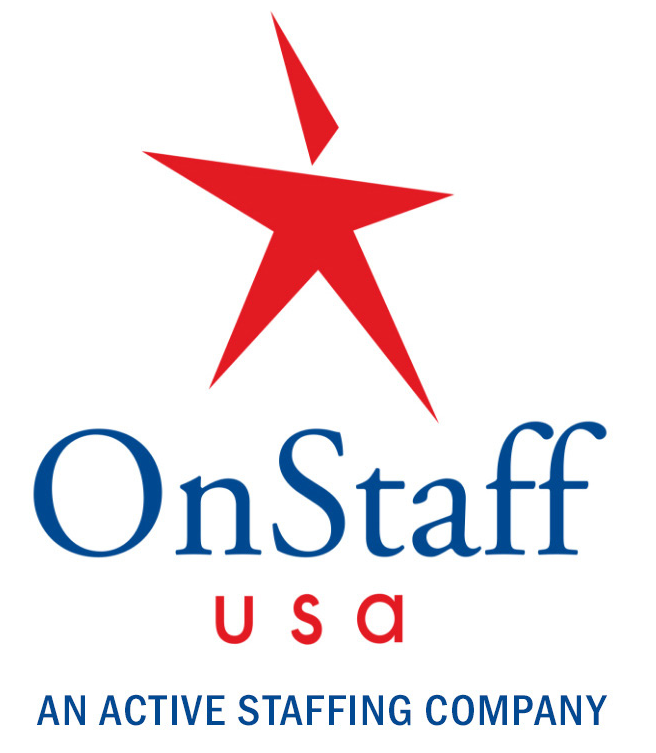
A job description is usually one of the first things a prospective candidate reads when learning about an open position. A well-written description weeds out unqualified candidates and attracts desirable talent. Here are six tips to help you write a great job description.
1. Describe your company’s culture.
When someone applies for a job, they’re looking for a way to make a living, but they’re also looking for somewhere they can spend eight hours a day and come home happy every evening. Employees want to feel welcome and valued, so job satisfaction is directly tied to company culture.
Though 49% of job seekers believe compensation packages are the most attractive part of a job offer, 42% say a positive work-life balance is more important, according to a 2016 report from MRINetwork. Use your company’s culture to attract candidates who are looking for more than just a paycheck.
2. Give concrete examples.
Often, job descriptions are filled with vague skill requirements, such as “Must be familiar with Microsoft Office.” Those kinds of short, non-descriptive skill requirements help no one. A better example would be, “This position requires the employee to use Microsoft PowerPoint to develop presentations and Word to draft web content. May be expected to use basic Excel functions.”
The more specifics you can provide, the easier it is for candidates to imagine themselves in the role. Vague descriptions lead to responses from unqualified applicants. This could increase the time to hire and drain resources.
3. Avoid jargon, slang, and superlatives.
Your job descriptions should be straightforward and easy to understand. Jargon isn’t standardized and different companies may not use the same language to describe common processes. Likewise, slang sounds unprofessional and may scare off unqualified candidates. Meanwhile, superlatives like “perfectionist” or “world-class” discourage candidates who feel they cannot live up to those standards but may actually be highly qualified for the position.
4. Show opportunities for growth.
Forward-thinking candidates aren’t just looking for a job to fulfill their current needs, they’re looking for an opportunity that will further their career. Job descriptions should show applicants how the position fits into their career plan.
5. Ask current employees to review the description.
According to Glassdoor, 61% of employees believe their job responsibilities are not the same as the expectations set during the hiring process. An easy way to avoid these types of misunderstandings is to have someone currently in the position read over the description and provide their take. Current employees may be able to provide details about specific job functions and may recommend how to make the description clearer and more accurate.
6. End with a strong call to action.
Every job description should close by telling the reader what their next step should be. This can be as simple as directing readers to an application form or providing an email where they can send a resume. Don’t assume the reader will automatically know what to do, because there is no standard process.
Remember that in order to find the best candidates, you must have the most accurate and inviting job descriptions. Take the time to think about what you really hope for in your candidate before writing your job description.
Samantha Spano is a manager at JazzHR. This article originally appeared on their blog and was reprinted with permission.
